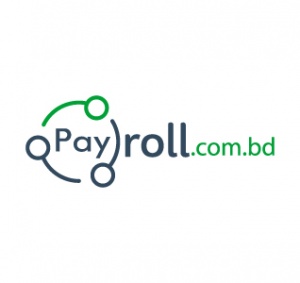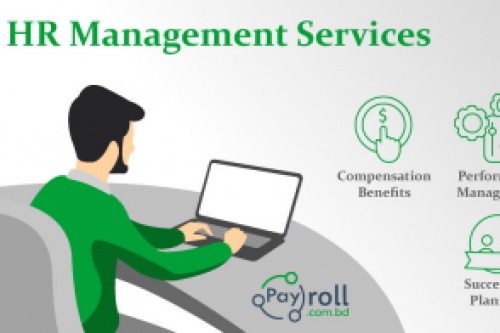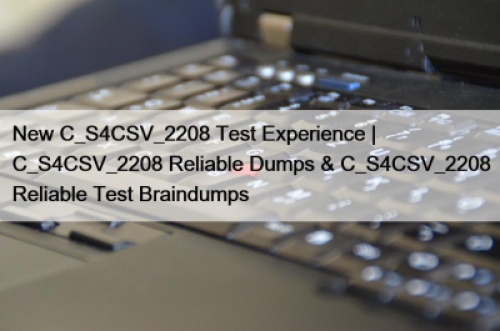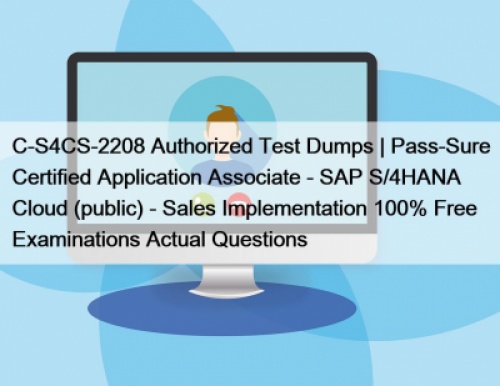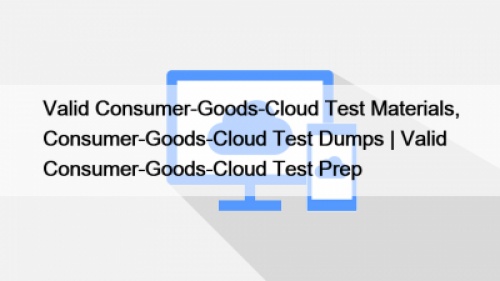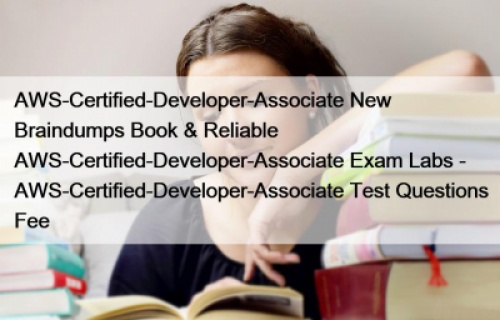Any company's success is dependent on its employees. Employee performance may be both a burden and a benefit to a company. As an HR management expert, you will be essential in the success of your organization. HRM (Human Resource Management) is crucial for businesses of all sizes. In this essay, we will go through the fundamentals of human resource management.
We'll start with a primer on HR management and HR. Then we'll go through the seven HR essentials you must understand in order to have a solid understanding of what HR does. Finally, we'll go through some technical terms like HRIS (Human Resources Information System).
The Organization Of The Guide
The Managers' Guide gives you the steps to follow when implementing a policy or procedure, or the issues to consider when making a decision. It doesn't quote policies and contracts because those are available elsewhere. The structure and content of the HR Management Guide were developed by Central Human Resources after talking with managers and supervisors.
What Exactly Are The Principles Of HR Management?
Several aspects are regarded pillars for good HRM policy while discussing Human Resource Management. These principles are as follows:
Recruitment & selection:
Recruitment and selection are undoubtedly the most visible aspects of HR management. HR can use different selection instruments to find the best person to do the job. Preselection tools help separate the wheat from the chaff when it comes to suitable candidates for a particular position.
Performance management:
The second HR management fundamental is performance management, which assists people in reaching their full potential and contributing to the bottom line of a business. It entails providing employees with performance feedback in order to help them achieve their peak performance.
Learning & development:
HR management assists employees in adapting to process, technological, and social changes. Employees may overcome skill gaps and grow into leaders through Learning & Development (L&D). HR is in charge of learning and development, and appropriate policies may assist the firm achieve its long-term objectives.
Succession planning:
Performance ratings and L&D activities are frequently used to guide succession planning by HR management. As a consequence, a talent pipeline of senior roles is created that is ready to replace whenever someone quits.
Compensation and benefits:
A competitive salary package is essential for attracting top employees. HR Management should keep track of wage raises and establish meritocracies. Compensation includes both main and secondary perks, which include non-monetary advantages like vacations, pensions, and company automobiles.
Human Resources Information Systems:
A competitive salary package is essential for attracting top employees. HR management should keep track of wage raises and establish meritocracies. Compensation includes both main and secondary perks, which include non-monetary advantages like vacations, pensions, and company automobiles.
HR data and analytics:
The HR management is primarily a data-entry system. In the previous half-decade, human resources has made significant strides in becoming more data-driven. HR analytics may also be used to create predictions about what needs to be addressed and how best to solve them.
How Is HR Management Necessary?
"It's all about bringing value to the organization," Remley says of human capital management. HR management has a wide range of implications for businesses, including the following:
Improves Productivity
Reduces Costs
Strengthens Brand
Enables Financial and Intellectual Company Growth
Manages Transformation and Change
HR Management Policies and Regulations
Policies are the written guidelines and standards that businesses set to employ, train, appraise, and reward team members. Policies that are prepared and distributed in an easy-to-understand format might help to avoid misconceptions regarding rights and duties between employees and employers. HR management regulations are rules that govern staffing behaviour at the municipal, state, and federal levels.
There are several policies and regulations to include in employee manuals — sometimes hundreds, depending on the size of the firm — among them are the following:
Recruitment
EOE Legal Compliance
Termination
Performance Evaluations
Compensation and Benefits
Time Policies
Improved HR Management With Payroll
Empower your team to go above and beyond with a flexible platform that is tailored to your team's needs and adapts as those needs change.
The Payroll platform makes it simple to plan, collect, manage, and report on work from any location, allowing your HR management team to be more efficient and productive. You may report on vital metrics and receive real-time insight into work as it happens using roll-up reports, dashboards, and automated procedures meant to keep your team connected and informed.
There's no knowing how much more a HR management team can do in the same amount of time when there's clarity about the task being done.
https://www.payroll.com.bd/blog/hr/why-you-should-spend-more-time-thinking-about-hr-management/

